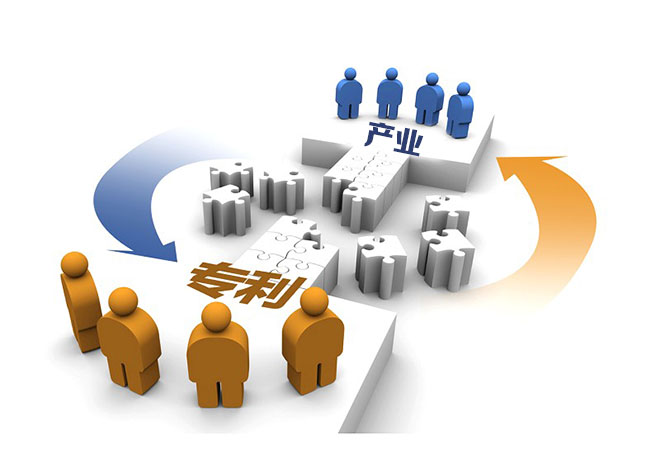This is Scientific American — 60-Second Science. I'm Steve Mirsky.
"In the United States we spend about $160 billion a year on R&D. And so for the last seven years we've spent about a trillion dollars. With about 250,000 inventions that are sitting on the shelf that have more than 13 years of patent life, and only 0.5 to 0.7 percent of the inventions that are federally funded get out a year. So, what does that mean, get out? That they're actually commercialized—they're found and then they're commercialized."
Rosemarie Truman, founder and CEO of the Center for Advancing Innovation, a Washington D.C.–based nonprofit. She spoke at the first "Science Meets Congress" event on November 15th on Capitol Hill. Scientific American and Nature Research partnered with California Congressman Jerry McNerney—he has a doctorate in math, by the way—to host the session, which focused on "Energy Solutions for a Sustainable Future."
"So some of the challenges that we have are, first of all, finding these inventions. I just mentioned the ones that are patented, so you can find them through the USPTO. But there are about five times to 10 times the amount that are not patented that are not disclosed. So the energy efficiencies and tools of the future could be sitting there on the shelf, either patented or not..."

"What are I think our big opportunity is in the United States is to significantly change the way we harness our intellectual property. So when we give out this $160 billion a year to different organizations—universities, hospitals, research institutes across the U.S.—we govern it properly. So the inventions become disclosed and we have a clearinghouse for all the inventions. And we have a systematic approach to harmonizing the data around the inventions so that you can actually mine it, characterizing it, and then making it searchable so that you only have to go to one place."
Listen for more from this session on an upcoming episode of the long-form Scientific American podcast, Science Talk.
For Scientific American — 60-Second Science. I'm Steve Mirsky.












